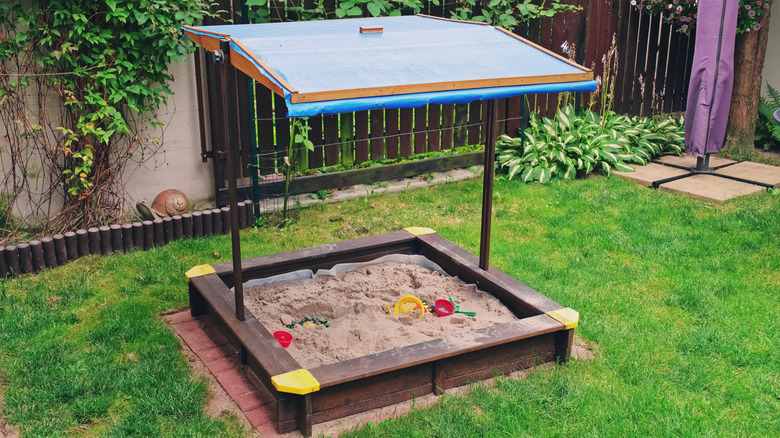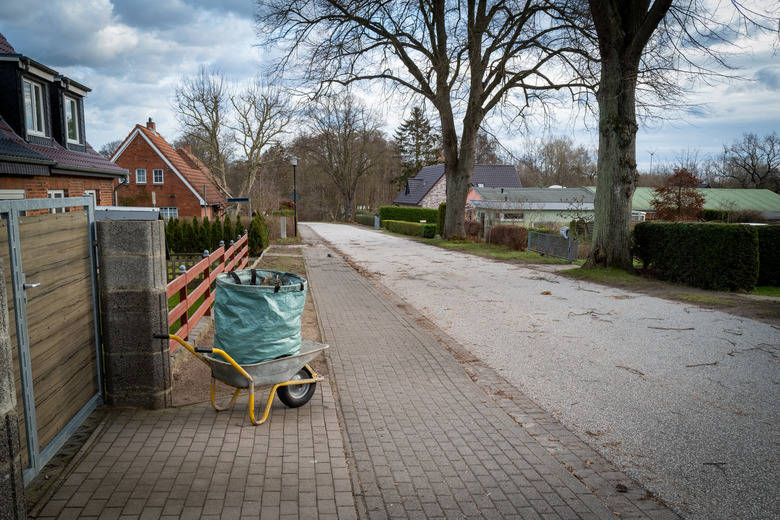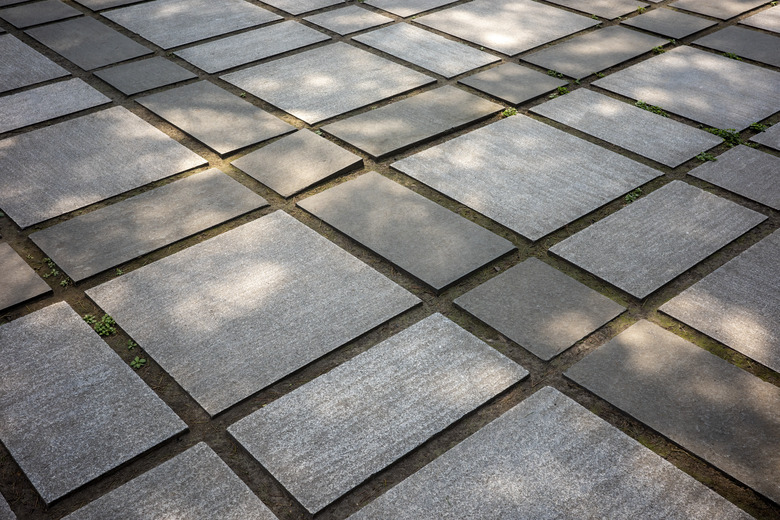How To Dispose Of Sand From A Sandbox Or DIY Project
We may receive a commission on purchases made from links.
It's summer, and the sandbox is beckoning. But if your play area still contains last year's sand, plan on removing it and replacing it with fresh, new sand. Dirt and other debris accumulate in your sandbox from hours of play, and it can also attract insect infestations, especially when left unattended for months. But before you refresh the sand in your sandbox, you'll need to know how to dispose of sandbox sand that you no longer need. If you find yourself with leftover sand (either from your own sandbox or a DIY that called for its use), you can either reuse it or send it to a landfill.
How to Dispose of Sand
How to Dispose of Sand
If you have run out of options to reuse your sand at home, you'll need to dispose of it and send it to a landfill. Call your local waste management company to find out if sand can be picked up with your regular curbside yard waste services; otherwise, you'll need to arrange for someone to remove sand and haul it to the dump.
Tip
To prolong the use of your sand, always cover your sandbox after use. Mosquitoes, sand fleas, and ants, among other varmints, can invade your sand, making it necessary to discard it long before you would otherwise need to do so.
Use Curbside Pickup Programs to Get Rid of Sand
Many municipalities provide curbside pickup for yard waste. Most, however, prohibit sod, dirt, gravel, sand, or rocks since they are heavy and not compostable. Contact your local landfill authorities to see what kinds of curbside collection they support.
If you determine that sand is not allowed in a yard waste container and the volume of sand is not too much, shovel it into a garbage bag and put it in your garbage can. You may have to spread this out over several pickups because sand is heavy.
Warning
If you decide to bag the sand and throw it in your curbside trash can, first contact your waste disposal service to see if there are limitations on weight or contents. Sand is heavy, and you can quickly exceed weight limitations if they exist.
If you have too much sand for your trash and you want to just get rid of it as soon as possible, you'll have to haul it to the dump yourself or hire a waste hauler to pick it up for you.
Take Leftover Sand to the Dump
After exhausting all other possibilities, you'll need to get your sand to the dump. Your landfill authorities may offer special pickup services for heavy or large amounts of nonhazardous materials, or you may need to arrange to haul it there yourself. There will be a fee involved — more if you are hiring someone else to pick it up, of course — but the dump will also charge a small fee for disposal.
Warning
If your sand has become contaminated — for instance, if it was used for a DIY project that incorporated chemicals or other hazardous materials — you may need to make special arrangements for its disposal. Ask your local authorities about how to proceed.
Every municipality is different, so the only way to know the exact procedure is to contact your local waste haulers or city authorities.
How to Reuse Leftover Sand
How to Reuse Leftover Sand
Just throwing your old sand in your garbage may seem like an easy and appealing solution, but it's better to find a way to either reuse it or recycle it. Discarding it in the trash or landfill should be considered only as a last resort. Here are some hacks that will allow you to reuse your old sand from a DIY project or a sandbox while keeping sand out of the landfill.
Reuse Old Sand to Level Pavers in Walkways or Patios
If you have a patio or walkway with pavers that have become unstable or out of level, you can use leftover sand to support and level them. Pry up the paver and smooth some sand over the low spots. Tamp it down and then re-place the paver. Use a level if you want the paver to be exactly even.
Add Sand to Garden Beds or Compost
Overly clay soils drain poorly, and sand can help. But be careful with this option because sand mixed with clay makes cement. Instead of adding pure sand, dump it into a wheelbarrow and mix in an equal amount of compost, peat moss, or other organic materials before adding it directly to your soil.
Sand can add bulk to finished compost, but you have to be careful not to exceed a healthy ratio of sand to organic matter. In addition, too much sodium or lime can negatively impact plant growth. Be sure that the material in your compost pile is already fully composted with no large, non-decomposed chunks, before adding a little sand.
Warning
Know the source of your sand because some sand is a silica made from crushed quartz, a known carcinogen. Sandbox sand might also contain tremolite, a type of asbestos. Washed river sand and beach sand specifically for use in sandboxes is safe to use in garden beds and compost; other types of sand may not be.
Fill Holes or Low Spots With Sand
Perhaps you have some depressions or low spots in your lawn (near your fire pit, for example). Use the same method as above to mix your sand with organic materials and then fill the low spots. Alternatively, just sprinkle some sand on top of your lawn and water it in. While you don't want to apply a heavy layer, this method can allow you to "reuse" a large amount of sand spread over a large area.
Apply Sand to Icy Walkways and Driveways
This is the classic use for sand. Its gritty texture will add traction to icy, slippery surfaces. First, add some water to wet the sand because dry sand can disperse easily. Then, spread it in a thin layer on concrete or asphalt that needs some slip-resistance.
Use Sand to Clean Oil Spills on Garage Floors
Oil spills on a garage floor can be challenging to clean up, but sand can help significantly. Throw some sand over the oil. It will absorb the oil and make it easier to remove completely, leaving you with an oil- and sand-free floor


